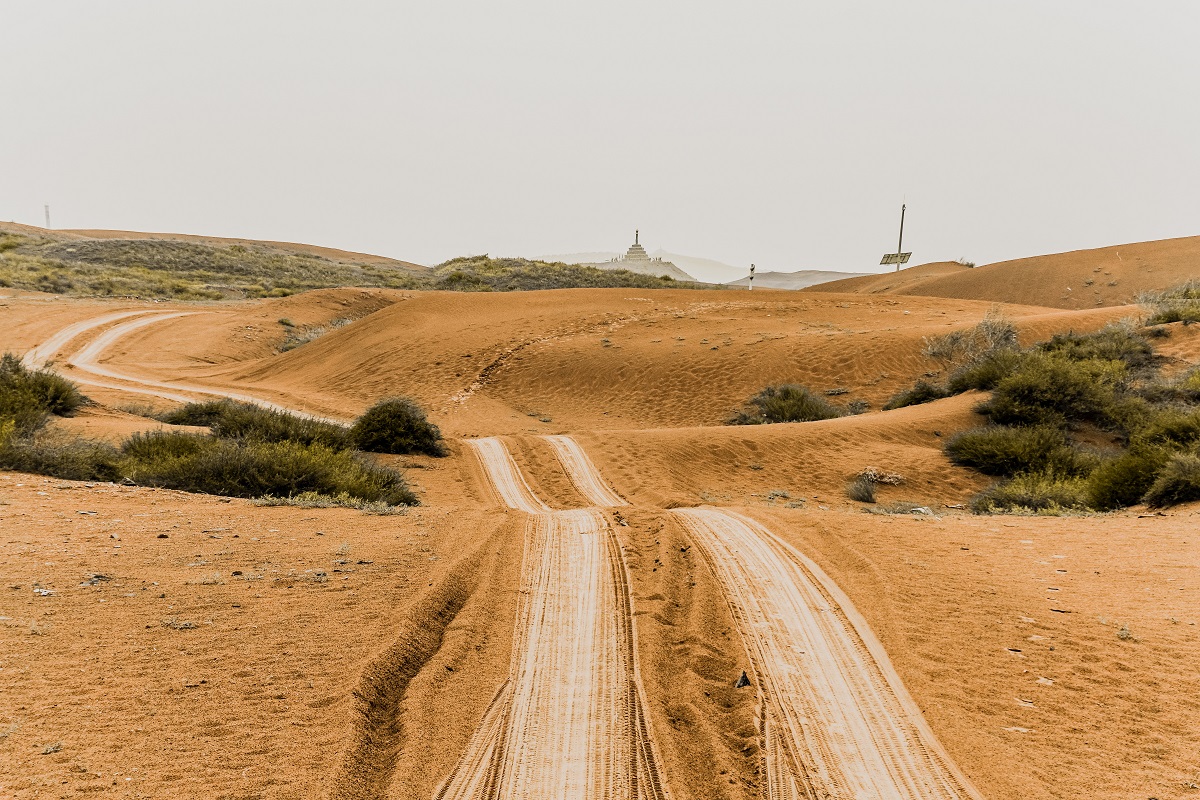Fighting desertification, the other challenge for Xi Jinping's China
27% of the territory is now arid due to the worsening quality of the soil, with serious risks for food security. Sandstorms are also on the rise. At a recent forum held in Inner Mongolia, the president relaunched his commitment to the 'Great Green Wall' with the goal of increasing the forest area to 30%. A game that has repercussions outside China as well, intertwining with the Belt and Road Initiative.
Beijing (AsiaNews) - China's future does not only lie in industrial policy or microchips, but also in the fight against desertification, stated President Xi Jinping during a recent symposium held in the city of Bayannur, in Inner Mongolia
The province is the third largest in China and one of the places where desertification is most pronounced. In his speech, President Xi claimed the progress China has made over the past four decades; however, he also emphasised that the phenomenon remains one of the biggest challenges both for the country and globally.
As of today, more than 27% of China's territory is affected by desertification, with consequences for at least 400 million people.
The process has intensified significantly since the 1980s, when climate change associated with the sudden process of industrialisation led to a deterioration in soil quality. With rising temperatures and an increasingly hot climate, the scarcity of rainfall has accentuated soil erosion.
The most vulnerable areas of China are the northern and northwestern provinces: Inner Mongolia, Shanxi and Ningxia, regions close to the Gobi Desert, where agriculture is one of the most important sectors and where most wheat crops are concentrated.
Every year, the expansion of the desert reduces the arable land and intensifies the phenomenon of internal migration. During the 2000s, it was the Ningxia Autonomous Region that showed the most marked signs of the phenomenon: in 2010, more than 57% of its regional territory was affected by desertification, in a strip of land inhabited by more than three million people.
The consequences of desertification, however, extend beyond the primarily affected regions, starting with the issue of food security. The wheat crops in the affected regions are indeed vital for the entire country.
According to data shared by the FAO, China produces around 130 million tonnes of wheat annually, the consumption of which constitutes 40 per cent of the total cereal consumption. And demand is rising rapidly: according to a 2022 study by Frontiers in Nutritions, annual per capita wheat consumption in China will increase from 65.8 kg in 2019 to 76 kg in 2030 and 95 kg in 2050.
But food security is not the only risk related to desertification that China faces. Xi's visit to Inner Mongolia followed a season of intensifying yellow dust storms in the country and the rest of Northeast Asia.
In his speech, Xi mentioned how due to climate change, especially in the past two years, dust storms have increased significantly. In 2023, particularly between March and April, the country was hit by several of these phenomena, which have also intensified in Mongolia, Japan and South Korea and are a major factor in the worsening of lung diseases.
Since the 1970s, China has implemented policies and programmes to mitigate the effects of desertification and achieve satisfactory levels of land preservation. In 1978, the Three-North Shelter Forest Program, commonly known as the 'Great Green Wall', a massive forestation programme covering the 13 provinces most affected by the expansion of the Gobi Desert, was initiated. By 2015, China had successfully increased its forest area to 22.5% from 16.74% in 1990. Today, it aims to increase it to 30% by 2030.
Xi Jinping's focus on forestation is not only linked to internal security dynamics. In 2016, the country launched a Joint Action Initiative to combat desertification along the route of the Belt and Road Initiative, the negative effects of which on forest area in the countries involved have been the subject of study since 2013.
This makes the success of the national initiatives closely linked to the country's more massive foreign policy plan, especially with regard to its relations with Central Asian countries. It is since 2022 that China has also been trying to promote the pursuit of global desertification governance by linking the fight against the phenomenon to its most recent initiative, the Global Development Initiative, which aims to give China a central role in the pursuit of the UN's 2030 Agenda for Sustainable Development.







.png)











